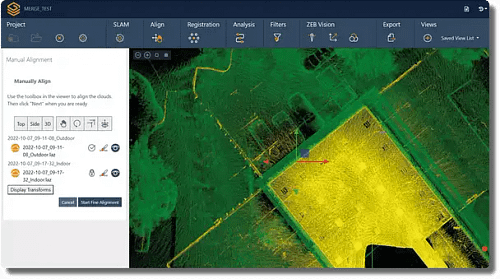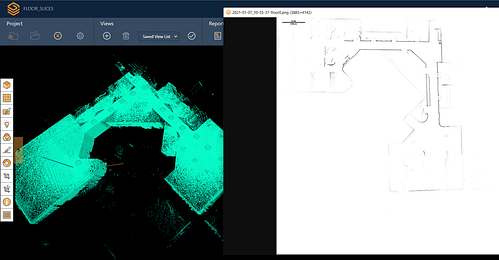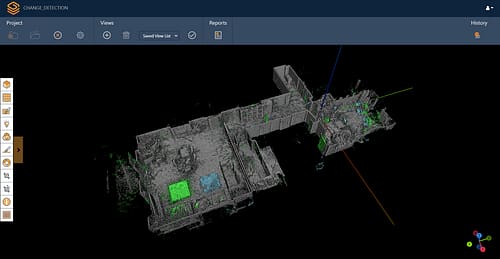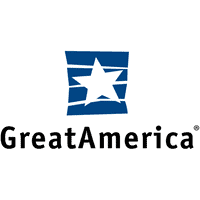Last Updated on 29th June 2023
Energy efficiency plays a key part in reaching climate change goals. Globally, countries are seeking to reduce emissions and offer renewable, sustainable energy resources. As most rely on non-renewables as a primary source of energy, it’s important to adopt ways to be energy efficient, with what is currently accessible.
This blog will explore how LiDAR helps to calculate energy efficiency ratings in residential and commercial properties in Europe.
How are energy efficiency and real estate linked?
Governments in various countries acknowledge the energy deficiencies in buildings and are pushing to make real estate more energy efficient. This is most notable in the European Union’s (EU) recent changes to its ‘Energy Performance of Building Directive’, in the face of climate change challenges and other global events.
As a result, there is a need for innovative technology that provides fast and straightforward energy inspection solutions.
What is the Energy Performance of Buildings Directive (EPBD)?
With the strive to reduce energy emissions, the EU has ambitions to be climate neutral by 2050. One of the steps they have taken is to revise its Energy Performance of Buildings Directive (EPBD) for 2022/23.
The EPBD is legislation aimed to promote improvement in the energy performance of buildings within the European Union. Previously, the target for renewable energy used by the EU was 32% by 2030. Efforts to cut emissions even further have led to a revision of that target to an ambitious 45%.
How do the recent changes affect energy efficiency?
Buildings across Europe are large contributors to energy consumption. Boosting energy efficiency helps to tackle energy poverty, supports economies, and reduces vulnerabilities to the cost of living. The revision of the original legislation essentially upgrades the existing framework to reflect the higher ambitions set out by the EU. It claims to provide member states with the flexibility to account for different building stock across Europe.
Are EU state members obliged to follow the directive?
Although the directive is not mandatory, member states can help achieve the set targets by implementing national contributions. The Netherlands has become an early adopter of the directive and has adapted its laws accordingly. As of 2021, it is now compulsory for both non-residential and residential buildings to have an energy efficiency label when selling or renting properties. Energy reports help to determine the label and provide energy-saving advice on where buildings could be better optimised.
What technologies could contribute to highlighting energy efficiency?
There are a series of modern-day technologies that can help to provide the relevant data needed to report energy efficiency in a property. Some include:
LiDAR
Utilised by surveyors in many industries, Light Detection and Ranging (LiDAR) is ideal for acquiring the accurate data needed for an energy efficiency report.
Thermal imaging
Thermal imaging cameras detect heat signatures that highlight areas of heat loss, moisture intrusion, and insulation deficiencies.
Smart metering
Smart meters provide a fantastic real-time data source that tracks and communicates energy consumption, providing energy-saving tips through feedback.
Building Information Modelling (BIM)
When it comes to refitting or renovation, 3D models and BIM software provide the data and analysis needed for energy performance, daylight simulations, and thermal modelling.
How does the new energy efficiency report work in the Netherlands?
The Netherlands previously had various methods of tracking a building’s energy rating, but since the adoption of the new energy efficiency directive, this has changed. The acceptance of the EU directive has meant the implementation of a single method of determination for reporting energy efficiency.
What are the energy label ranks?
The energy certificate level ranks from A+++ to G and indicates how efficient a building is. Recently, the Netherlands has introduced the ‘Almost Energy Neutral Building’ requirement. This means that by 2023 all office buildings that measure 100m2 or above must have an energy level of C or higher. Leasing an office space isn’t possible if a building falls below this standard.
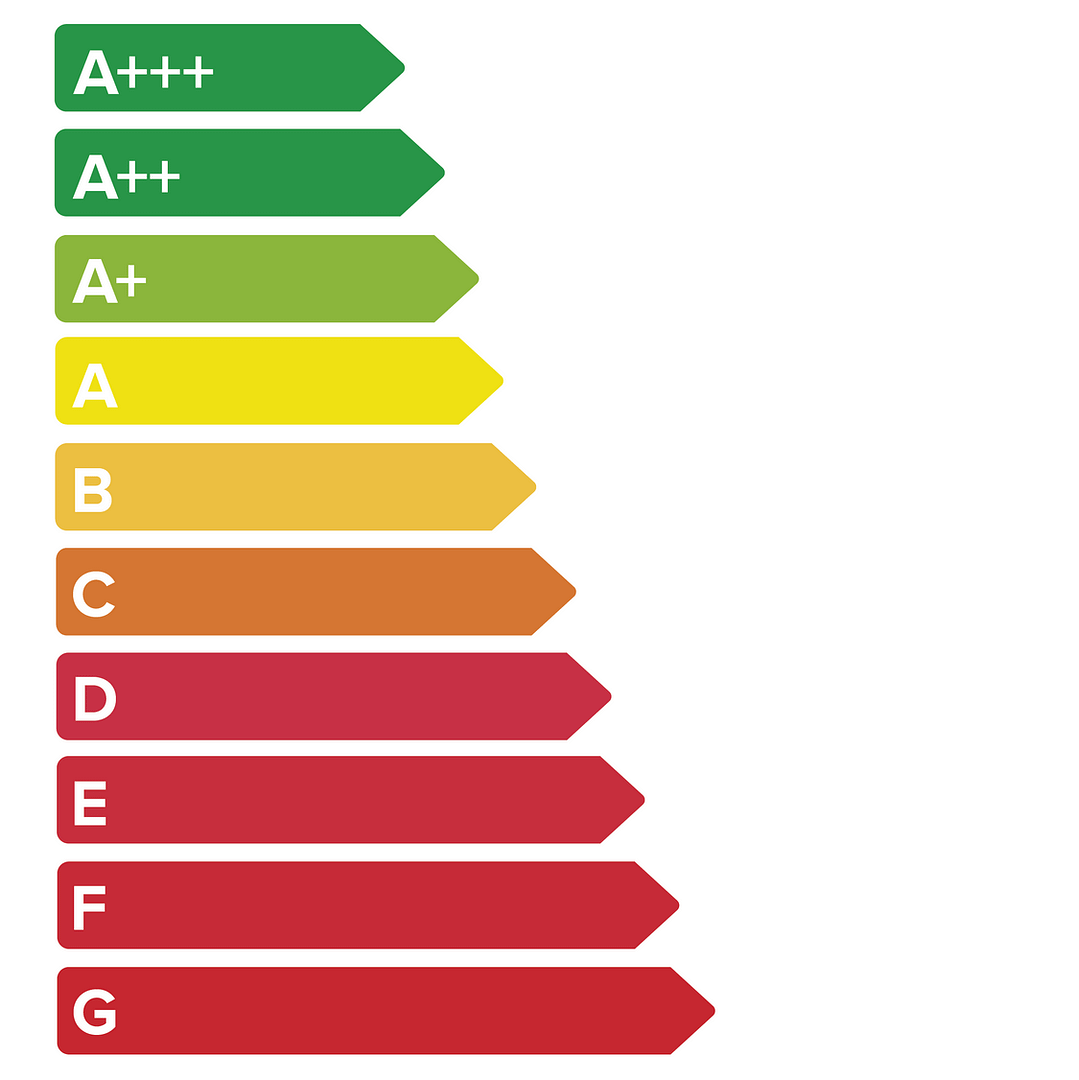
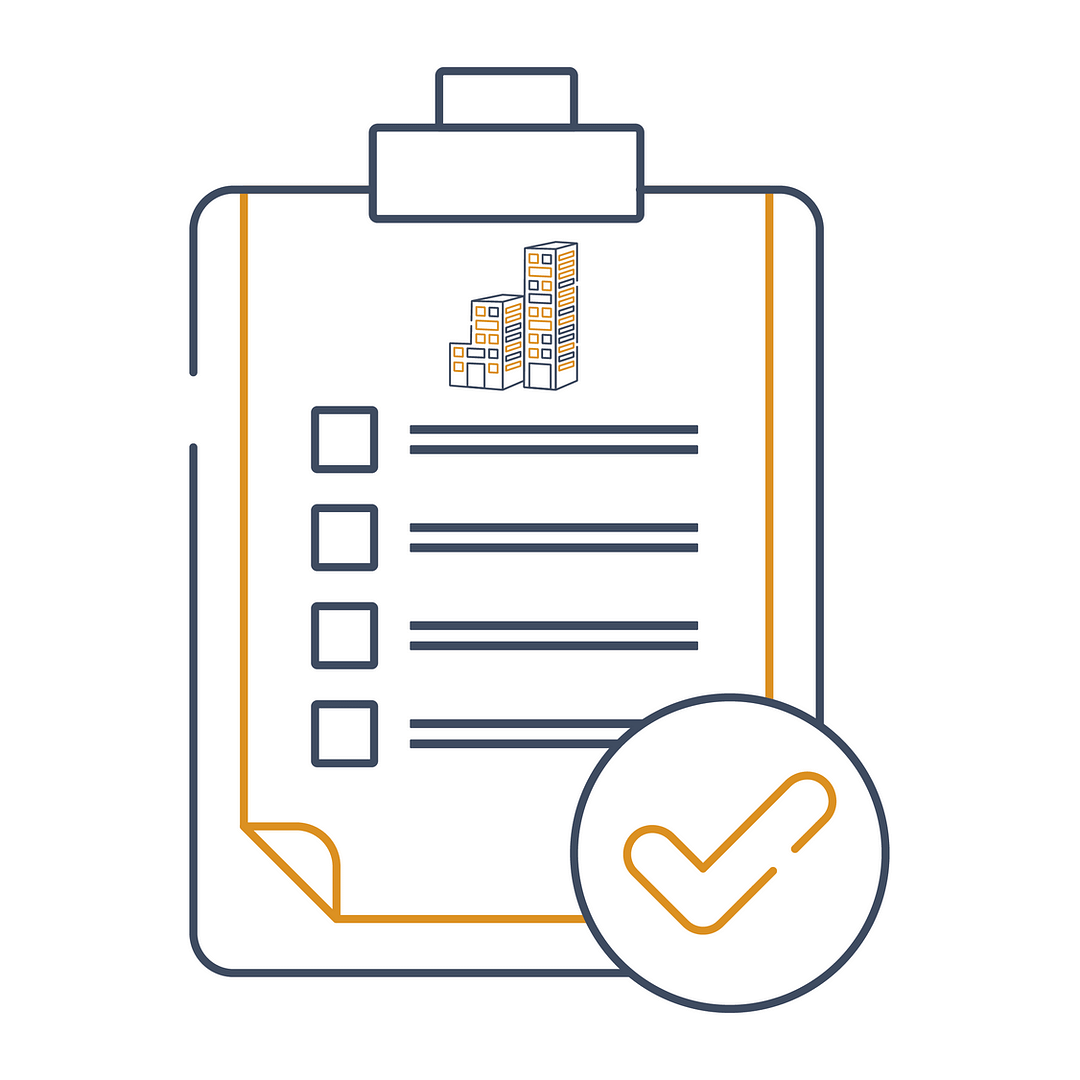
How is a property inspected in the Netherlands?
When assessing a property for its energy performance report, the certified energy inspector will require certain information about the building. This includes floorplans, building documentation, and other relevant records.
How does LiDAR technology benefit the real estate sector?
LiDAR technology has already proven beneficial for other parts of the real estate industry. Companies are using LiDAR to carry out property surveys to create accurate floorplans ahead of a sale. In the Netherlands specifically, it is mandatory for a homeowner to provide accurate floorplan measurements of their property as part of a sale. Therefore, companies like ZIEN24 utilise GeoSLAM LiDAR technology to provide services that return accurate floorplans to their clients quickly.
Regarding energy efficiency reports, LiDAR provides a quick and accurate way of mapping properties of all sizes, using the data to feedback into an energy rating report.
Streamlining and optimising the service
As energy rankings are mandatory, energy inspection businesses in the Netherlands are looking for ways to streamline and speed up their services. This includes quick turnarounds on energy certifications, resulting in teams carrying out more surveys.
Mobile LiDAR technology is a non-intrusive way to capture the relevant measurement data, providing the information needed to an energy inspector.
How does mobile LiDAR determine energy efficiency?
The process of completing an energy report involves various important steps. Elements include recording the type of windows (double glazing) and determining the method of installation of insulation. However, the report also includes measuring sections of the building such as rooms, window frames, the thickness of walls, etc.
Mobile LiDAR leads to fewer errors as the 3D point cloud data is both accurate and one source of truth for all stakeholders. Furthermore, mobile LiDAR captures data quickly and often only requires one loop of a property without the need to measure using less efficient means.
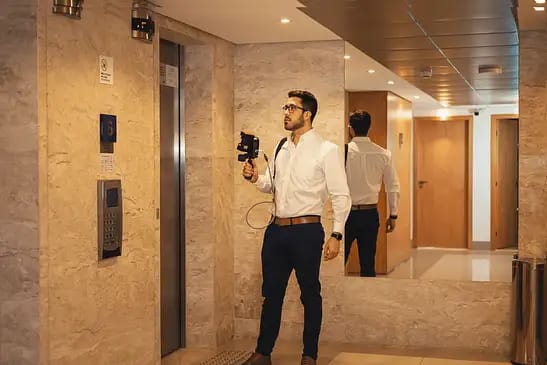
Traditionally, technology like distometers or even tape measures might be utilised to capture similar measurements. Whilst a distometer is more convenient than a tape measure, it still requires the energy inspector to manually note down measurements, which could lead to human error or a misunderstanding of the data by stakeholders. LiDAR removes the subjectivity of data analyses and leads to fewer mistakes and revisits to a site, which could prove costly to the clients and energy inspection company.
Ways LiDAR provides better insights into energy efficiency
Though it might not feed into the entire report, LiDAR may be able to provide insights into the following:
Building Envelope Analysis
Accurate 3D models of both exterior and interior aspects of a building provide information about a building’s envelope. This includes walls, roofs, windows, and doors. Analysing the LiDAR data helps to identify insulation gaps, structural issues, or air leaks that may impact the building’s energy efficiency.
Accurate measurements
As hinted at earlier, LiDAR data is an objective way to measure a building, including the size of rooms, window frames, and doorways. This data feeds back into the final report conducted by a certified energy inspector. Furthermore, the versatility of a mobile LiDAR solution, like GeoSLAM’s ZEB Horizon, provides a method for capturing harder-to-reach areas, like basements or attics, more easily.
Analysing daylight
Capturing LiDAR data of both external and internal parts of the building gives a greater overview of the entire area. A building surrounded by trees might be getting less natural daylight, therefore artificial lighting is required more often, impacting its energy efficiency. Similarly, where a window is situated in a property might not be fully optimised to provide the best way to utilise natural daylight. Analysing this data provides greater feedback options to businesses or clients about how they could better enhance their current building, leading to future cost saving.
LiDAR data doesn’t just work alone – complementing the information with other forms of energy efficiency data provides a greater overview of a building’s performance. For instance, integrating LiDAR-derived information with simulation software leads to a way of predicting and assessing a building’s energy consumption.
Early adopters of mobile LiDAR for determining energy efficiency
The implementation of mobile LiDAR devices into a workflow provides the objective voice needed to complete a report. It’s vital to provide information on how energy efficient a home is when selling or renting a property as it affects the overall value.
An energy adviser can produce a 3D map of an entire residential property in minutes with a mobile scanner. Processed data provides accurate measurements that feed into the report. In addition, when using mobile LiDAR solutions from GeoSLAM, processed data is offline providing an extra layer of security for an energy inspection company’s clientele.
Why is the EPBD important for energy efficiency goals?
The influence of the Energy Performance of Building Directive will likely increase as more countries adopt it into legislation. To reach its targets, the EU must convince other countries to join the directive, and nations like the Netherlands are leading the way in shining a light on the potential for a greener future. This includes highlighting technology that provides simple, easy-to-understand workflows.
Mobile LiDAR is just one example of where technology can help to achieve this goal. Businesses that have already adopted mobile LiDAR in the Netherlands for energy efficiency audits have benefitted from simplified workflows and quicker surveys. With interest coming from other EU countries, it’s key to draw attention to these companies and the successes.
Get in touch
If you’d like to learn more about how GeoSLAM solutions can help you, submit the form below.

